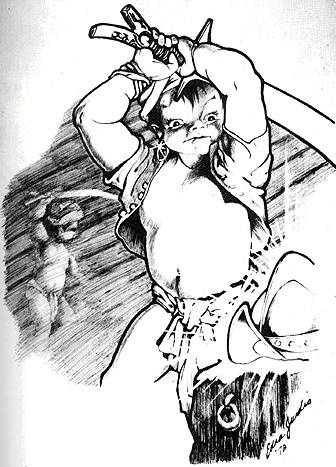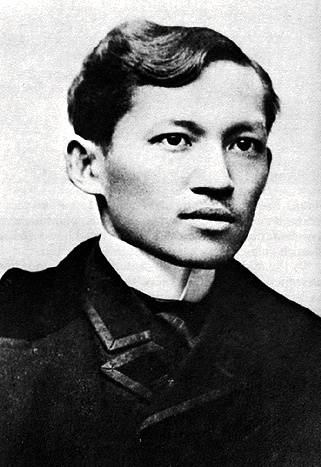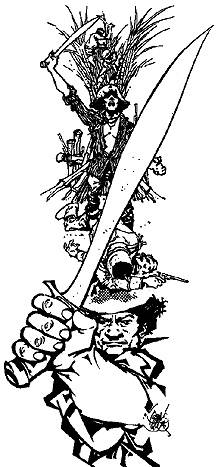José Rizal's Quarantine and the Nightmare of Imperialism: Difference between revisions
PC and protected |
No edit summary |
||
| (One intermediate revision by the same user not shown) | |||
| Line 29: | Line 29: | ||
[[SOMA Transformed|Prev. Document]] [[SOUTH OF MARKET|Next Document]] | [[SOMA Transformed|Prev. Document]] [[SOUTH OF MARKET|Next Document]] | ||
[[category:Filipino]] [[category:1880s]] [[category:1890s]] | [[category:Filipino]] [[category:1880s]] [[category:1890s]] [[category:Reclaiming San Francisco]] | ||
Latest revision as of 21:53, 21 November 2021
Historical Essay
by James Sobredo
Image from Liwanag
The great nationalist hero of the Philippines, Dr. José Rizal, came to the Bay Area on April 28, 1888. Rizal was the leader of the nascent nationalist movement against Spanish colonialism in the Philippines. Unfortunately for Rizal, he arrived during one of the most anti-Asian periods in American history. Only six years earlier, Californians successfully convinced the U.S. Congress to pass the 1882 Chinese Exclusion Act, an immigration law which excluded Chinese labor from entering the United States. Upon sailing through the Golden Gate, Rizal discovered that he was not allowed to set foot in San Francisco. Instead, he found himself quarantined at Angel Island. The following day he wrote a letter to his parents in the Philippines:
"Here [in San Francisco] we are in sight of America since yesterday without being able to disembark, placed in quarantine on account of the 642 Chinese that we have on board coming from Hong Kong where they say smallpox prevails. But the true reason is that, as America is against Chinese immigration, and now they are campaigning for the elections, the government, in order to get the vote of the people, must appear to be strict with the Chinese, and we suffer. On board there is not one sick person.” (Jaime Veneracin, “Rizal in San Francisco,” Manila Mail, October 30-November 5, 1996)
Dr. José Rizal
After this experience, Rizal warned that America was not hospitable to Filipinos: “I’ll not advise anyone to make this trip to America, for here they are crazy about quarantine, they have severe customs inspection, imposing [duties] on anything.”
After seven days in quarantine, Rizal was finally allowed to set foot in San Francisco, where he made a point of taking a room at the very prestigious and expensive Palace Hotel. A few days later, Rizal went by ferry to the inland Port of Stockton where he would board a train for Sacramento, and then went on to Reno, Salt Lake City, Chicago, and New York City. On his train ride across America, Rizal realized the enormous wealth, power and imperialistic ambitions of America. In his essay “The Philippine Century,” he predicted that American expansionism would extend across the Pacific to as far away as the Philippines.
Ten years later, on May 1, 1898, Rizal’s nightmare became a reality when Commodore George Dewey and the U.S. Navy’s Third Asiatic Squadron steamed into Manila Bay and obliterated an antiquated Spanish naval fleet.
--James Sobredo, excerpted from "From Manila Bay to Daly City: Filipinos in San Francisco" in Reclaiming San Francisco: History, Politics and Culture, A City Lights Anthology
Image from Liwanag



